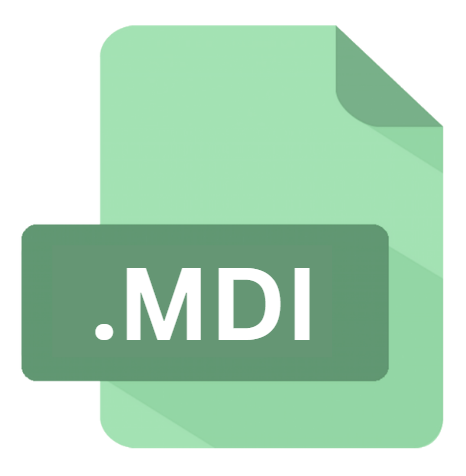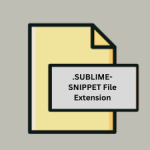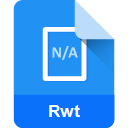.MDI File Extension

Microsoft Document Imaging File
| Developer | Microsoft |
| Popularity | |
| Category | Page Layout Files |
| Format | .MDI |
| Cross Platform | Update Soon |
What is an MDI file?
The .MDI file extension is associated with Microsoft Document Imaging (MDI), a proprietary file format used primarily for storing scanned documents.
This format was introduced by Microsoft as part of its Office suite to facilitate the storage and viewing of scanned documents, especially those created using Microsoft Office Document Imaging.
More Information.
The need for a standardized format to handle scanned documents led Microsoft to develop MDI. It aimed to offer a compact and efficient way to store images of documents while maintaining a level of fidelity suitable for both viewing and printing.
Initially integrated into Office XP, MDI provided users with tools to manipulate, annotate, and manage scanned documents directly within the Microsoft Office environment.
Origin Of This File.
Microsoft Document Imaging (MDI) was first introduced in Office XP as a component of Microsoft Office Document Imaging.
It was designed to provide users with a means to capture and store images of documents digitally, particularly useful for archiving and sharing scanned documents in a digital format.
File Structure Technical Specification.
The .MDI file format is based on Tagged Image File Format (TIFF), incorporating additional metadata and compression methods specific to Microsoft’s implementation. It typically includes:
- Image Data: Compressed raster images of scanned documents.
- Metadata: Information such as resolution, color depth, and annotations if present.
- Compression: Uses Modified Huffman Encoding (MHEG) for efficient storage of image data.
- Header Information: Contains details about the document and its properties.
MDI files can store single or multi-page documents, making them versatile for handling documents of varying lengths and complexities.
How to Convert the File?
Converting .MDI files to more widely supported formats like PDF or TIFF can be achieved using various methods:
- Microsoft Office Tools: Older versions of Microsoft Office include built-in tools to convert MDI files to other formats.
- Third-Party Software: Several third-party applications specialize in converting MDI files to formats like PDF, JPEG, or PNG.
- Online Converters: Web-based services offer quick and convenient conversion options for users without specialized software.
Advantages And Disadvantages.
Advantages:
- Integration: Seamless integration with Microsoft Office applications, allowing direct editing and manipulation.
- Compression: Efficient compression methods reduce file size without significant loss in quality.
- Annotation: Support for adding annotations and notes directly within the document.
- Compatibility: Widely supported within Microsoft Office versions that include Microsoft Office Document Imaging.
Disadvantages:
- Proprietary Format: MDI is proprietary to Microsoft, limiting its compatibility with non-Microsoft software.
- Limited Support: Microsoft phased out MDI support in later Office versions, transitioning to other document imaging formats.
- Resolution Limitations: While adequate for most office documents, MDI may not support high-resolution images or complex graphical content.
How to Open MDI?
Open In Windows
- Older versions of Windows with Microsoft Office installed can open MDI files directly using Microsoft Office Document Imaging or the Microsoft Office Picture Manager.
Open In Linux
- Similar to Mac OS, Linux users can use Wine (a compatibility layer) or virtual machines running Windows to access MDI files within Linux environments.
Open In MAC
- Since MDI is proprietary to Windows and Microsoft Office, Mac users typically need third-party software or virtual machines running Windows to open MDI files.













